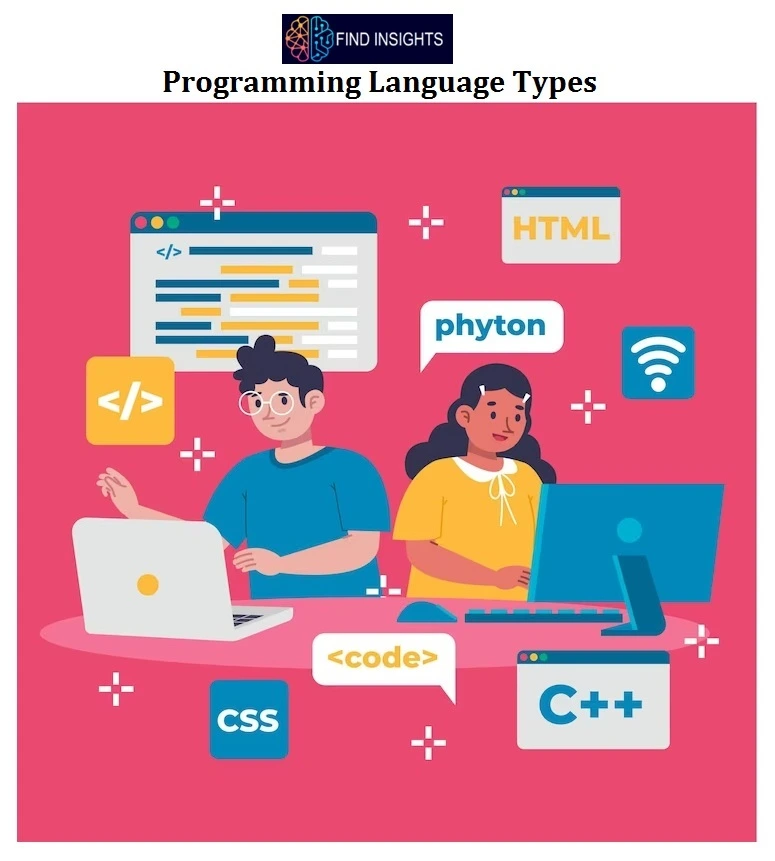
Programming languages play a vital role in the world of technology and software development. They serve as the foundation for creating and implementing various applications, websites, and software solutions. In this article, we will explore the different types of programming languages and their characteristics. Whether you are a beginner or an experienced programmer, understanding the different programming language types will help you make informed decisions and enhance your programming skills.
Table of Contents
- Introduction to Programming Language Types
- Procedural Programming Languages
- Object-Oriented Programming Languages
- Functional Programming Languages
- Scripting Languages
- Markup Languages
- Domain-Specific Languages
- Concurrent Programming Languages
- Compiled vs. Interpreted Languages
- Low-Level Programming Languages
- High-Level Programming Languages
- Popular Programming Languages and Their Types
- Factors to Consider When Choosing a Programming Language
- Future Trends in Programming Language Types
Programming Language Types
1. Introduction to Programming Language Types
Programming languages can be classified into various types based on their design, structure, and purpose. Each type has its own unique features and benefits. Understanding the different types can help you choose the most suitable programming language for your project.
2. Procedural Programming Languages
Procedural programming languages follow a linear, step-by-step approach to solve problems. They emphasize procedures or routines that manipulate data. Examples of procedural programming languages include C, Pascal, and Fortran.
3. Object-Oriented Programming Languages
Object-oriented programming languages organize code into objects that contain data and methods. They promote code reusability, modularity, and encapsulation. Popular object-oriented programming languages include Java, C++, and Python.
4. Functional Programming Languages
Functional programming languages treat computation as the evaluation of mathematical functions. They focus on immutability and avoiding side effects. Functional programming languages include Haskell, Lisp, and Erlang.
5. Scripting Languages
Scripting languages are designed for specific tasks and are often used for automating processes or writing quick scripts. They have a simpler syntax and are interpreted rather than compiled. Examples of scripting languages are JavaScript, Ruby, and Perl.
6. Markup Languages
Markup languages are used to define the structure, presentation, and behavior of documents. They are not programming languages in the traditional sense but are essential for web development. HTML and XML are widely used markup languages.
7. Domain-Specific Languages
Domain-specific languages (DSLs) are specialized programming languages for a particular domain or problem set. They offer concise syntax and functionality tailored to specific tasks. SQL (Structured Query Language) is a common example of a DSL.
8. Concurrent Programming Languages
Concurrent programming languages enable the execution of multiple tasks simultaneously. They provide mechanisms for handling shared resources and synchronization. Examples include Go, Erlang, and Ada.
9. Compiled vs. Interpreted Languages
Programming languages can be classified as either compiled or interpreted. Compiled languages are translated into machine code before execution, while interpreted languages are executed directly without prior compilation. C and C++ are compiled languages, while Python and JavaScript are interpreted languages.
10. Low-Level Programming Languages
Low-level programming languages provide direct control over hardware and memory. They are closer to machine code and are used for tasks that require fine-grained control and efficiency. Assembly language and machine code are low-level languages.
11. High-Level Programming Languages
High-level programming languages offer abstractions and built-in functionality that simplify programming tasks. They focus on readability and ease of use. Examples include Python, Java, and C#.
12. Popular Programming Languages and Their Types
This section will provide an overview of popular programming languages and their corresponding types. It will include languages like Python, Java, C++, JavaScript, and more.
13. Factors to Consider When Choosing a Programming Language
Choosing the right programming language for a project depends on various factors. This section will discuss important considerations such as project requirements, learning curve, community support, and performance.
14. Future Trends in Programming Language Types
The field of programming languages is constantly evolving. This section will explore emerging trends and advancements in programming language design and development.
15. Conclusion –Programming Language Types
In conclusion, programming languages come in different types, each with its own strengths and use cases. Understanding these types and their characteristics is essential for selecting the appropriate language for your projects. Whether you are a beginner or an experienced programmer, exploring various programming language types will broaden your horizons and enhance your skills.
LIKE WHAT YOU’RE READING?
CHECK OUT SOME OF OUR OTHER GREAT CONTENT HERE
- DIFFERENT METHODS IN JAVA: A COMPREHENSIVE GUIDE
- MAJOR FEATURES OF JAVA PROGRAMMING LANGUAGE
- PYTHON LAMBDA FUNCTION: A COMPREHENSIVE GUIDE
- ARTIFICIAL INTELLIGENCE (AI) – A BEGINNER’S GUIDE
- HOW TO START A CAREER IN ARTIFICIAL INTELLIGENCE?
- WHAT IS MACHINE LEARNING?
- DATA SCIENCE – THE ULTIMATE GUIDE
- TOP 5 BEST SEO TOOLS(2022)
- TOOLS OF MACHINE LEARNING
- 7 MOST POPULAR TOOLS FOR DEEP LEARNING




1 Comment